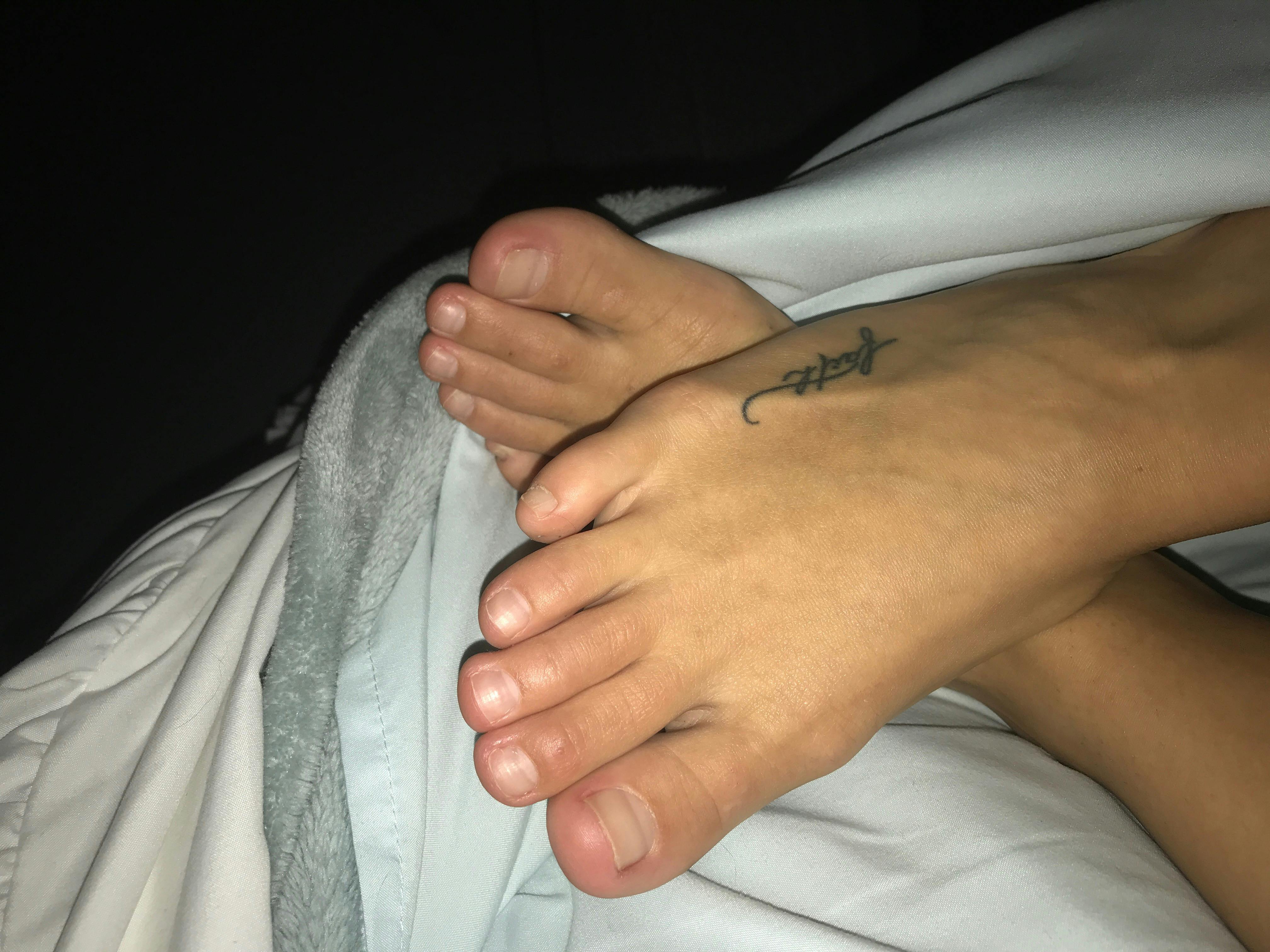Best Plantar Fasciitis Treatment Tools and Software in 2020
For some athletes, just changing running shoes can substantially reduce plantar fascia pain. A physiotherapist can utilize a number of different taping techniques to support the plantar fascia, providing it a possibility to recover. Some shoes can be fitted with inserts. One example is an orthotic, which spans the length of the shoe.
Another option is a heel cup. This insert is developed to support and cushion the heel. Plantar fasciitis is related to less versatility in the ankle, Achilles tendon, and calf muscles. Mild stretching to enhance flexibility can make the biomechanics of standing, walking, and running less difficult for the plantar fascia.
Utilizing mild pressure, roll the tennis ball back and forth under the foot. Stand 18 inches away from a wall with feet about 6 inches apart and put hands against the wall, at shoulder height. Without moving feet, lean into the wall, flexing the foot and stretching the Achilles tendon and calf muscles Sit on the flooring with legs directly in front.
Plantar Fasciitis Treatment Strategies on Steroids
Stretches like these last 2, in which the top of the foot and toes approach the shin, are called dorsiflexion stretches. Applying a cold-pack or bag of ice to bottom of the foot might provide discomfort relief from plantar fasciitis. Relief can also be found by rolling the bottom of the foot on a frozen plastic water bottle.
Protocol Concepts. For runners, increasing the variety of steps per mileusing a much shorter stride however increasing cadence to keep speedmay decrease the tension on the plantar fascia even though there will be more actions per minute.1.Additional weight puts an increased stress on the plantar fascia tissue. Shedding excess pounds will lighten the load on the body's musculoskeletal system, consisting of the plantar fascia.
This avoids the plantar fascia from resting in a contracted position. (Naturally, lots of people find these splints hard to oversleep.). While it is not considered basic treatment, deep myofascial massage might promote blood circulation and healing. While not all professionals agree, some believe using manual manipulation/mobilization (by a chiropractic physician or other certified health expert) together with exercise is an effective method to deal with plantar fasciitis.2, People with persistent, moderate to extreme cases of plantar fasciitis, may use these non-medical treatments in combination with medications, injections, or surgical treatments.
Why You Really Need Plantar Fasciitis Treatment

Medications are not a cure for plantar fasciitis and must be utilized in conjunction with other treatments. Non-steroidal anti-inflammatory drugs are utilized to minimize swelling and swelling, and are suggested for clients experiencing moderate to serious discomfort (See It Here). NSAIDs include aspirin (e.g. Bayer), ibuprofen (e.g. Advil), naproxen (e.g. Aleve), and cox-2 inhibitors.
dexamethasone) through healthy skin to the aching area.1 Iontophoresis might be suggested to patients with plantar fasciitis who can't tolerate injections or desire to avoid injections. If non-medical treatments and medications do not provide relief from plantar fasciitis, patients might think about injections. 1. Wellenkotter J, Kernozek TW, Meardon S, Suchomel T.

Int J Sports Medication. 2014; 35( 9 ):779 -84.2. Bronfort G, Haas M, Evans R, Leininger B, Triano J. Effectiveness of manual therapies: the UK evidence report. Chiropr Osteopat. 2010; 18:3.3. Clar C, Tsertsvadze A, Court R, Hundt GL, Clarke A, Sutcliffe P. Clinical efficiency of manual treatment for the management of musculoskeletal and non-musculoskeletal conditions: organized review and update of UK proof report.
Evidence That Plantar Fasciitis Treatment Truly Works
The plantar fascia is a long, thin ligament present along the bottom of the foot that creates the arch of the foot. It extends from the heel bone, and after that splits and fans out to attach itself to the toes. Plantar fasciitis is a condition where the plantar fascia becomes inflamed from overstretching or overuse, triggering pain in the heel and bottom of the foot.
Plantar fasciitis takes place when you strain or irritate the plantar fascia ligament. Repetitive stress can lead to tiny tears in the ligament, resulting in pain and swelling, which can make strolling difficult. Stress can happen due to: High or low foot arch Obesity or abrupt weight gain Tight Achilles tendon which connects the calf muscles to the heel Beginning a brand-new activity or increasing the intensity of an activity Wearing incorrect shoes with soles that are too soft, do not fit well or offer poor arch support The significant complaint of plantar fasciitis is pain and tightness in the heel and foot.
Your doctor may see how you stand and walk, and assess related conditions such as high arches. X-rays of the foot can be taken if your physician believes a stress fracture, a hairline fracture in the bone, or other associated conditions such as a heel spur, which is extra calcium deposit on the heel bone.
How To Prevent Issues with Plantar Fasciitis Treatment
Conservative treatment procedures consist of: Rest: Rest is the first step that is considered for decreasing pain and avoiding further damage to the ligament. Ice: Rolling your foot over ice can be extremely efficient in lowering swelling, and is recommended for 20 minutes, 3-4 times a day Medications: NSAIDs (non-steroidal anti-inflammatory drugs) may be prescribed for relief of discomfort and inflammation Workout: calf stretches and plantar fascia stretches work in eliminating pain A steroid injection might be administered into the plantar fascia for minimizing discomfort and swelling Supportive shoes and orthotics may also be advised to reduce the discomfort while walking or standing Night splints can be suggested by your physician to help stretch the plantar fascia while sleeping Physical therapy might be advised for direction on extending workouts, massage and ice treatments PT may use extracorporeal shockwave treatment (ESWT), which uses high-energy shockwave impulses to promote recovery of the damaged plantar fascia tissues Surgical treatment is considered only if conservative therapy does not supply reliable relief after 12 months.
Gastrocnemius economic crisis: Tight calf muscles or gastrocnemius muscles can strain the plantar fascia. To release this stress, your surgeon will surgically extend the calf muscle, and increase the movement of the ankle (Click Here For Info). The surgery can be carried out by open cut or endoscopically through a small cut by utilizing an endoscope, which is a long instrument with a little electronic camera attached.
Your cosmetic surgeon will partially cut the plantar fascia ligament to alleviate the stress. The surgical treatment can be performed endoscopically however open incision is simpler to carry out and is associated with lower danger of nerve damage. Complications are uncommon following surgical treatment to treat plantar fasciitis, but as with any surgery, they can occur.
An Excellent Lesson about Plantar Fasciitis Treatment
If you are experiencing symptoms of plantar fasciitis, thorough treatment from our foot professionals is available at ORA Orthopedics. As the largest and most innovative orthopedic practice in the Quad Cities, ORA Orthopedics provides the best choices in care to kids and adults with a large range of musculoskeletal conditions, including plantar fasciitis and other uncomfortable or agonizing foot problems (Check Here).
This condition is normally marked by greater foot pain and tightness after not throughout workout or extended durations of lack of exercise. Plantar fasciitis might also trigger bone stimulates, or little boney growths, to establish on the heel bone. The knowledgeable doctors and personnel at ORA Orthopedics' Foot and Ankle Center of Quality are trained in the current treatment strategies and offer patient-focused care that is 2nd to none in the Quad Cities.
Tidak ada komentar:
Posting Komentar